I am going to illustrate to you how false memories are created and how memory is distorted by information acquired after an event, the words used to describe it and questions asked about it.
I am going to explain this and illustrate it by describing two experiments done by cognitive psychologist, Elizabeth Loftus and John Palmer back in the mid 1970s which forever changed the way eyewitness testimony is collected and used.
The mid 1970s was an important time for the development of work on false memory which was initially explored by Sigmund Freud. It was also the time that Neuro-Linguistic Programming (NLP) was created.
NLP practitioners worldwide are now using time-tested techniques and methodology developed in NLP from this knowledge to help people overcome traumatic, disturbing, phobic memories, to heal and to improve the way that they communicate with others and use their brain.
Experiment 1 – The Memory of an event can be modified by language used to describe it
In the first experiment Loftus and Palmer gathered together 45 people and separated them into five equal groups of nine people. They had them taken into separate rooms and each group was shown the same short piece of film.
The film showed two cars on a road coming together in an accident. After seeing the film the audience were asked the question “About how fast were the cars going when they ….. each other?”
For each group they used the same question and modified just the verb describing the impact.
One group was asked “About how fast were the cars going when they smashed into each other?”
Another group was asked “About how fast were the cars going when they contacted each other?”
Another group was asked “About how fast were the cars going when they hit each other?”
Another group was asked “About how fast were the cars going when they bumped into each other?”
Another group was asked “About how fast were the cars going when they collided with each other?”
The answers will be of no surprise to NLPers. They showed that the perception of speed at impact correlated with the perception of severity of the impact of the cars as determined by the verb used in the question.
The perceived speed was lowest in the group asked “About how fast were the cars going when they contacted each other?”
Next lowest: Where the verb use was “hit”. Then “bumped”. Then “collided”.
The perceived speed was highest in the group asked “About how fast were the cars going when they smashed into each other?”
This led to the conclusions that leading questions could distort eyewitness testimony accounts and also that the words used altered the participants’ perceptions therefore the memory of an event can be modified by language used to describe it.
Experiment 2 – Memory is distorted by information acquired after an event
In the second experiment Loftus and Palmer gathered together 150 new subjects and separated them into three equal groups of 50 people. They had them taken into separate rooms and each group was shown the same short piece of film as in the first experiment.
After the film one group was asked “How fast were the cars going when they hit each other?”
Another group was asked “How fast were the cars going when they smashed into each other?”
The last group was not asked any question.
One week later they brought the groups back and without reshowing the film asked them one question: “Did you see any broken glass? Yes or no?”
For the group of 50 who were originally asked “How fast were the cars going when they HIT each other? In answer to the question “Did you see any broken glass? Yes or no?” 7 said YES. 43 said NO.
For the group of 50 who were originally asked “How fast were the cars going when they SMASHED INTO each other? In answer to the question “Did you see any broken glass? Yes or no?” 16 said YES. 34 said NO.
For the group of 50 who were originally not asked any question about the speed of the cars and in answer to the question “Did you see any broken glass? Yes or no?” 6 said YES. 44 said NO.
Interestingly there was no broken glass in the film.
The results from the different groups showed how false memory can be created by false perceptions at the time of the event, memory is distorted by information acquired after the event, the words used to describe it and the questions asked about the memory.
In NLP we use language on purpose to help people change, re-memorise and improve.
Use your brain to change your life – learn NLP with Excellence Assured.

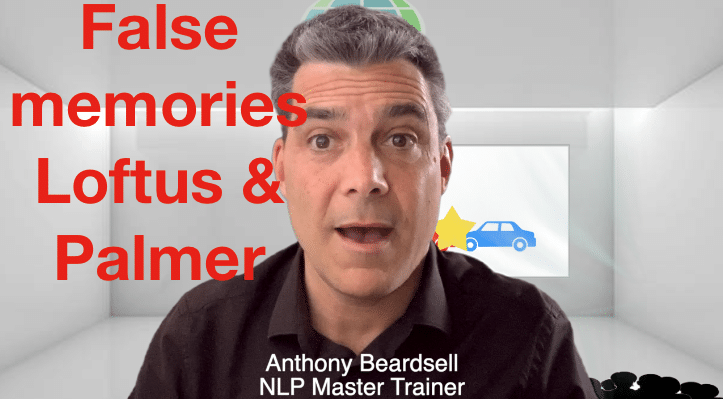
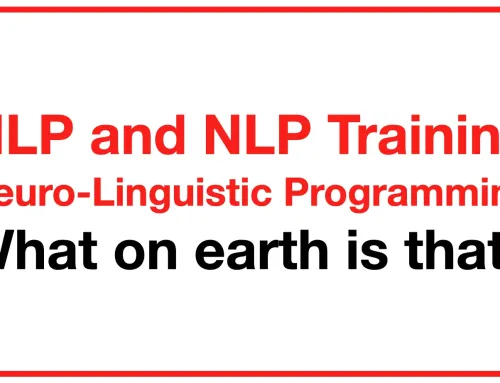
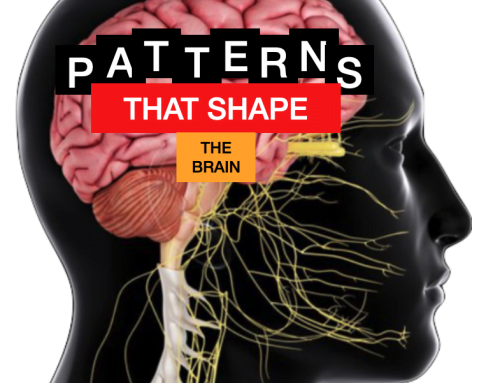
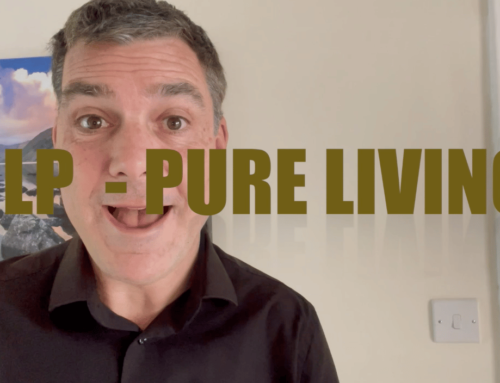
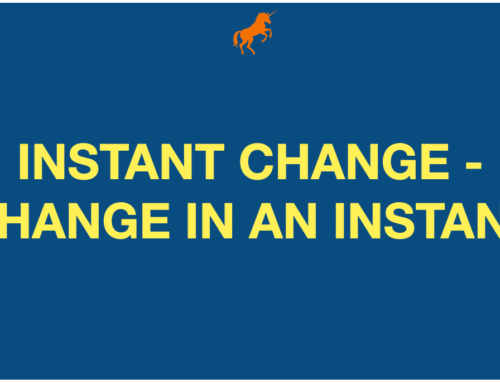
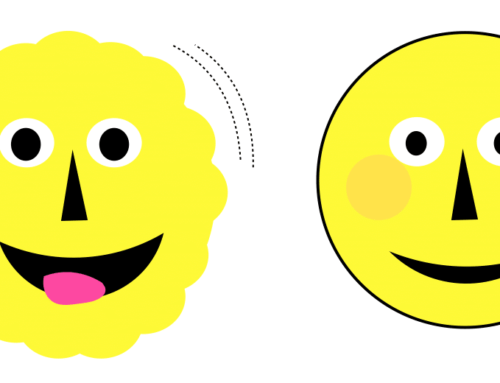
Leave A Comment